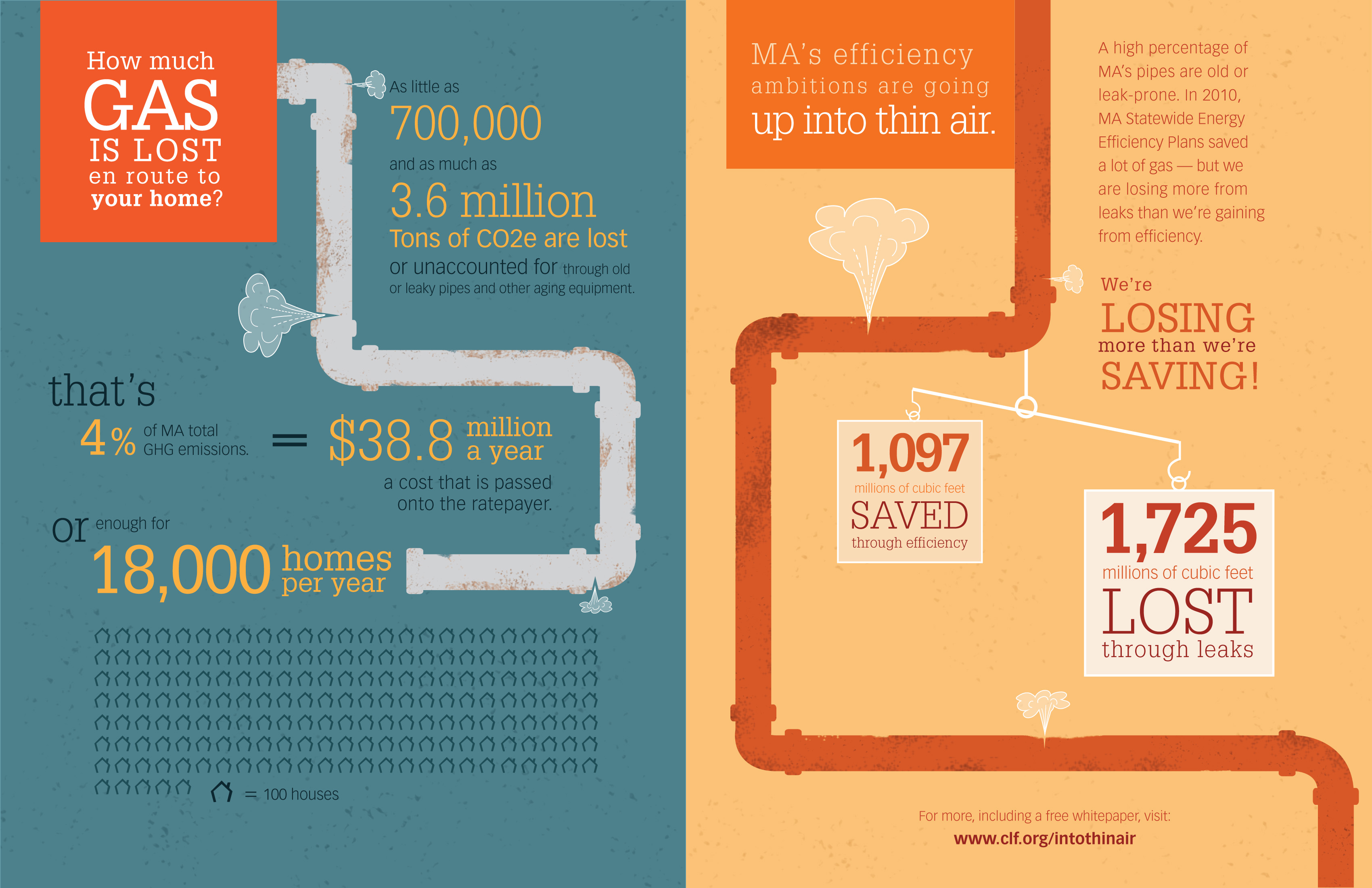Just How Weather Condition Affects Roof Setup: Best Seasons And Conditions For An Effective Work
Just How Weather Condition Affects Roof Setup: Best Seasons And Conditions For An Effective Work
Blog Article
Posted By-Vick Oh
When it comes to roof covering setups, the weather can make or break the task. Envision the stress of taking care of materials that will not cooperate as a result of extreme warmth or fighting unsafe surfaces brought on by unexpected rain. Recognizing the impact of climate condition on your roofing project is essential for an effective outcome. So, let's explore just how different weather condition aspects can affect the high quality and toughness of your roofing system installation, guaranteeing a job well done.
Impact of Temperature Level on Roofing Setup
When it concerns roof covering setup, temperature plays a vital duty while doing so. The perfect temperature level for roofing projects usually falls in between 45 and 85 degrees Fahrenheit. Extreme heat can create materials like tiles to come to be as well pliable, resulting in prospective damages during installment. On the other hand, cold temperatures can make products brittle and vulnerable to breaking. It is necessary to schedule roofing system installations throughout modest temperature levels to make sure the most effective outcome.
Throughout cooler weather, specialists may need to take added preventative measures such as making use of heated tools or permitting materials to heat up prior to setup.
On the other hand, hot weather may call for work to be done previously or later in the day to stay clear of the peak temperatures. By considering cedar siding san antonio and its impacts on roof covering products, you can assist ensure a successful setup that will withstand the elements for several years to find.
Impact of Rainfall on Roof Covering Projects
Roofing projects can be dramatically impacted by rainfall, affecting both the timeline and the top quality of the installation. Rain or snow can produce unsafe conditions, making it unsafe for roofing professionals to service a wet surface. Additionally, https://roofingcontractornearme84061.csublogs.com/36214570/the-worth-of-roofing-ventilation-exactly-how-it-influences-energy-efficiency-and-life-expectancy can compromise the bond of materials like shingles or underlayment, bring about potential leaks or problems in the future.
If it rainfalls during a roof job, the water can leak into at risk locations, creating hold-ups as the installment staff must wait for the roofing system to completely dry prior to continuing. Extreme dampness can additionally promote the development of mold and mold, further jeopardizing the integrity of the roofing.
To avoid these concerns, it's recommended to schedule roof covering jobs throughout drier seasons or monitor the weather report closely to intend around any type of prospective rainstorms. By taking safety measures to operate in beneficial weather conditions, you can ensure a smoother and a lot more effective roofing installation process.
Influence of Wind Speed on Setup Success
During roofing system installation, the speed of the wind plays an important role in figuring out the success of the job. High wind speeds can pose significant obstacles to roofing contractors, possibly leading to security hazards and top quality issues. When wind rates exceed advised limitations, it ends up being tough to handle materials, enhancing the risk of accidents and damages to the roof materials. Strong gusts can also influence the accuracy of measurements and the accuracy required for proper installment.
To ensure roofers san antonio texas covering setup, it's essential to check and think about wind rates. Preferably, roofing system installation need to happen on days with reduced to modest wind speeds. https://deanculev.thenerdsblog.com/35484551/delve-into-the-engaging-reasons-to-purchase-a-brand-new-roof-for-your-home-the-visual-upgrade-is-simply-the-beginning-of-the-benefits improves the safety and security of the workers yet also improves the general quality of the installation.
Roofing jobs scheduled throughout calm weather are most likely to be completed successfully and with fewer mistakes. By focusing on wind speed projections and intending appropriately, you can help ensure a smooth and successful roofing installation process.
Verdict
So, when it involves roof installation, keep in mind to think about the weather conditions to ensure an effective task. Ideal temperature levels, dry problems, and modest wind speeds are key elements to prioritize for a smooth installation process. By scheduling your task during the best seasons and suitable weather conditions, you can achieve a resilient and resilient roofing system that will certainly shield your home for many years ahead.
